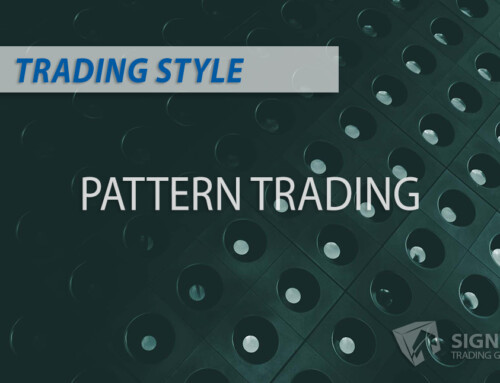The Technical Analysis 101 blog series is your guide to understanding trading concepts, price patterns, and technical indicators. Every post will focus on a specific topic to expand your knowledge and elevate your trading game.
Parabolic SAR Indicator: An Essential Tool for Traders
The Parabolic SAR (Stop and Reverse) indicator, created by Welles Wilder in 1978, is a distinctive instrument for technical analysis. It assists traders in identifying the trend direction and establishing trailing price stops, enabling them to successfully maneuver through the markets and make well-informed choices.
What is Parabolic SAR?
Parabolic SAR is a charting technique used to identify potential trend reversals in the market and potential stop-loss and profit target points. It’s a roadmap for traders to find the most profitable trading opportunities and avoid making costly mistakes.
The fundamental concept of the indicator is based on the belief that markets move in parabolic curves. By plotting these “curves” on a chart, traders can anticipate the peak of a trend and adjust their positions accordingly.
Putting Parabolic SAR into Practice
The first step for those looking to take advantage of the Parabolic SAR indicator is establishing the current market trend before executing any trades. Traders need to identify whether they’re in an upward or downward trend and then buy or sell in the direction of this trend.
Determining the trend is simple with the Parabolic SAR indicator. If the dots are below the price curve, the trend is bullish (upward). Conversely, if the dots are above the price curve, the trend is considered bearish (downward).
Take, for example, a situation in which the Parabolic SAR dots are below the price curve. This indicates an upward-moving market, and traders should look for buying opportunities. As the market continues to rise, the Parabolic SAR dots will also steadily rise, helping traders adjust their stop-loss orders.
On the other hand, if the dots are above the price curve, the market is in a downward trend. In this case, traders should prioritize selling opportunities. As the market falls, the Parabolic SAR dots will continue to climb higher, providing traders with guidance for adjusting their stop-loss orders and protecting their positions.
Distance Between the Price and Indicator: How Does It Affect Trailing Stops?
In the trading world, trailing stops are essential to managing risk. With the Parabolic SAR indicator, the distance between the price curve and the indicator dots can help traders calculate appropriate trailing stops.
As the market trends upwards or downwards, this distance may change. In an upward trend, it is essential to keep an eye on the proximity of the Parabolic SAR dots to the candlesticks. If the distance between the dots and the price curve shortens, the trailing stop could be reduced to lock in gains.
Similarly, in a downward trend, the distance between the dots and the price curve can provide insight into how tight the trader should set their trailing stop to protect their position.
Step and Maximum Step: How Do They Affect the Indicator’s Sensitivity?
The Parabolic SAR indicator contains two variables: the step and the maximum step. These two parameters determine the indicator’s sensitivity and can be adjusted to suit the trader’s preferences.
The step represents the acceleration factor of the Parabolic SAR and is usually set at 0.02. This means the indicator will increase speed with each new price high (in an upward trend) or low (in a downward trend).
The maximum step, on the other hand, is typically set at 0.20 and serves to limit the acceleration factor. In other words, the indicator will only accelerate up to 0.20 regardless of how extreme the market’s movements become.
By adjusting these two parameters, traders can customize the Parabolic SAR to suit their trading strategies and style. For example, if a trader prefers slower indicators with fewer false signals, they could increase both values to reduce the indicator’s sensitivity. Alternatively, if a trader wants faster indicators that provide more signals, they could decrease both values for greater sensitivity.
Conclusion
The Parabolic SAR is an effective technical indicator that helps traders identify potential trend reversals and target profit levels in a timely manner. By adjusting its step and maximum step parameters, traders can customize this indicator to match their risk management strategies and preferences. Moreover, with its intuitive visual cues, the Parabolic SAR is a valuable tool in any trader’s arsenal.




